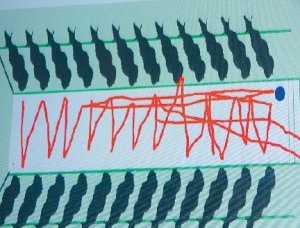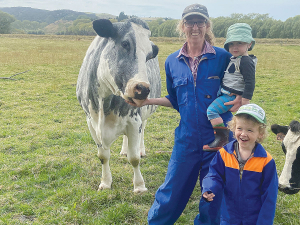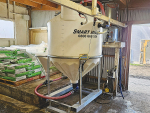It might sound odd but Wheeler says there are similarities such as learning the steps, repeating them until you are used to them and maybe unlearning some steps that aren’t really right.
In essence he says, milking and dancing are about routine and about it becoming second nature. The key message is, establish a routine in the shed that works for you and the cows – and perhaps some special music.
Wheeler is an expert in milking management among many things, and says dairy farmers need to take time out to review their work patterns and the environment in which they work. He made his comments at a recent seminar organised by the Smaller Milk and Supply Herds (SMASH) in Manawatu.
“The first thing farmers have to realise is that the dairy shed is just a factory and the task is harvesting milk from a cow and putting it in vat. So farmers have got to look at the most efficient ways to do that. If I was working as a kiwifruit packer everything would be built around me for my comfort so I did a good job. So farmers need to stand back and look what they are doing within their routine and how they can uncomplicate it to reduce the effort they have to make to get the milk out of the cow.”
Wheeler illustrated his point with a series of graphics showing how time and effort could be saved or wasted by making relatively minor adjustments to the layout in a typical herringbone shed. These included the location of the backing gate switch and where teat sprayers are located, which might sound small but can turn milking into a more satisfying experience. Some changes will be inexpensive, others may cost a bit more, he says.
“What I’m trying to challenge people about is to sit down and draw their routine for milking the cows. What points do I have to go to and how many steps and how many times am I going to have to do it?” he asks.
The benefits can be significant: he’s seen cases where the milking time has been cut by 45 minutes. “But it’s not only time; it’s about having a routine and a workplace more comfortable for the person doing the milking.”















